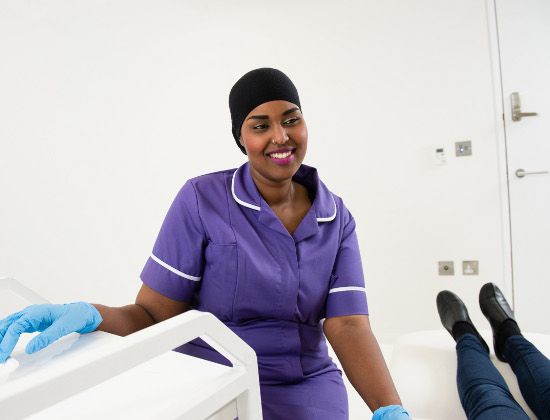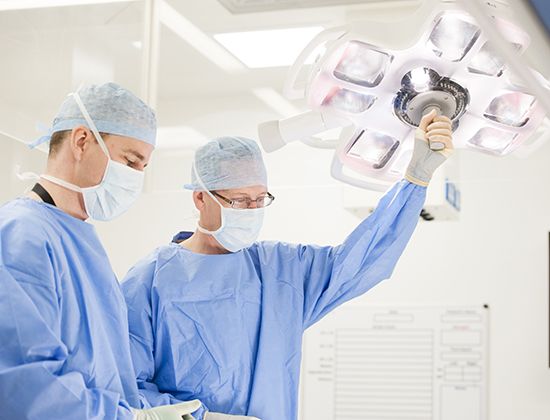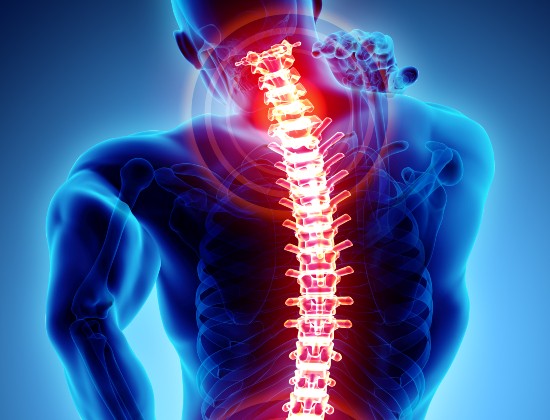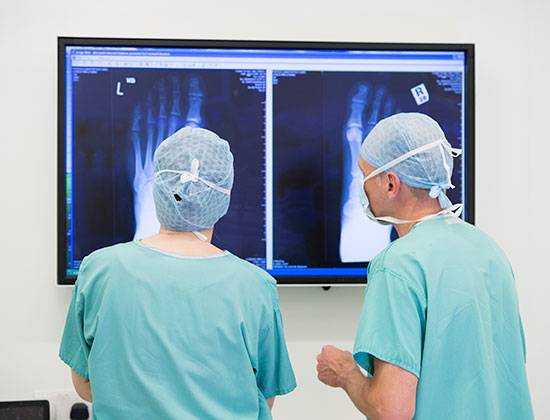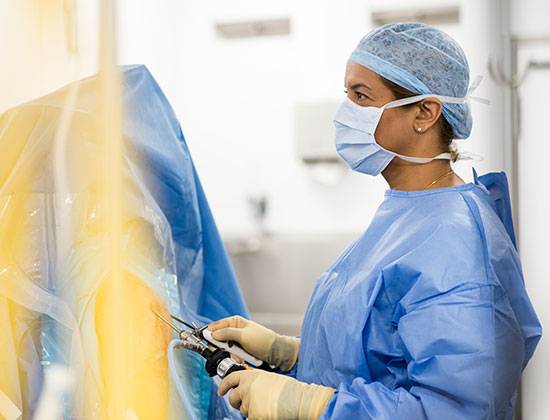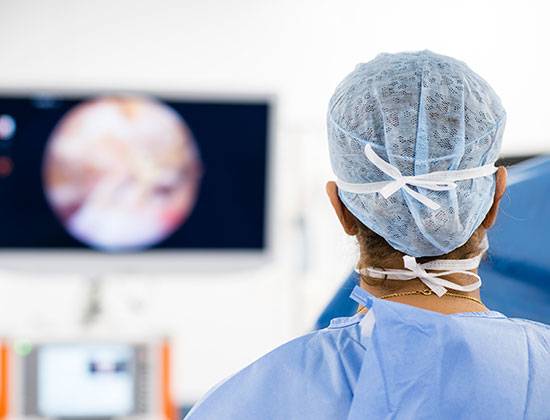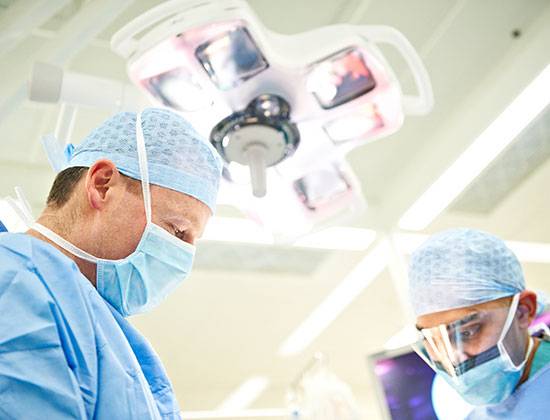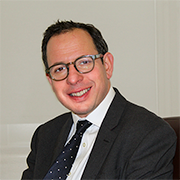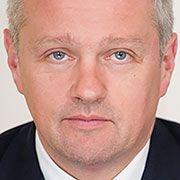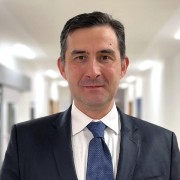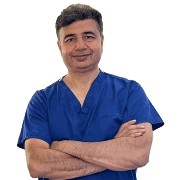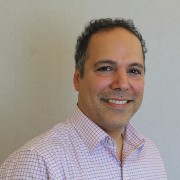Osteoarthritis (spondylosis)
Osteoarthritis (OA), or cervical spondylosis, affects the seven vertebrae at the top of the spine. Around 85 per cent of people who are over the age of 60 have some degree of osteoarthritis in their neck, although not everyone will have symptoms.
Causes
As the cartilage discs (cushioning between the vertebrae) wear out, they become thinner and collapse. Bone spurs (bony lumps) can form as the body reacts to losing cartilage, and these can sometimes reduce the space for nerves (spinal stenosis), or press on a nerve, which can cause pain, as well as tingling and numbness in the arms (brachialgia). OA usually develops after many years, which is why it normally affects people who are middle-aged or older. You are more at risk if:
- Other people in your family have neck pain
- You have had a previous injury to your neck such as a fracture
- You are a smoker
- You have depression or mental illness
- Your job or sport involves moving your neck more than usual
Symptoms
These include pain, stiffness and a reduced range of motion within the joint; you may find that your neck is more painful on some days than others. Other symptoms include tenderness, headaches, nausea and dizziness, as well as ‘crunching’ or ‘clicking’ when you move (caused by the rough surfaces of the bones rubbing against each other).
Diagnosis
After a physical examination to assess your range of movement, feeling, and reflexes in your hands and feet, the diagnosis is usually backed up by an X-ray to show the extent of damage and whether there are bone spurs. You may also have an MRI scan to look for nerve damage.
Treatment
Non-operative treatment: OA is usually treated by taking anti-inflammatory medicine, if advised by your doctor, as well as a programme of gentle exercise including swimming and walking. You may also have a spinal injection of steroids; although this does not actually treat the condition, it can relieve pain and stiffness. In some cases, you may be advised to see a physiotherapist, osteopath, chiropractor or acupuncturist.
Surgery: in some cases, you may be offered surgery to remove a damaged section of the neck. This may include anterior cervical discectomy, laminectomy or disc replacement.
Important: This information is only a guideline to help you understand your treatment and what to expect. Everyone is different and your rehabilitation may be quicker or slower than other people’s. Please contact us for advice if you’re worried about any aspect of your health or recovery.

